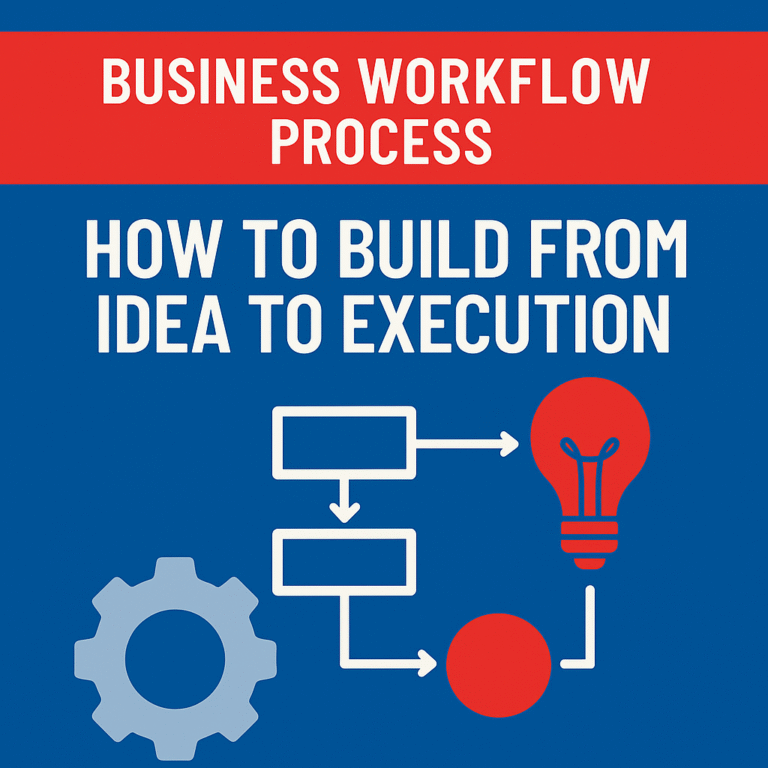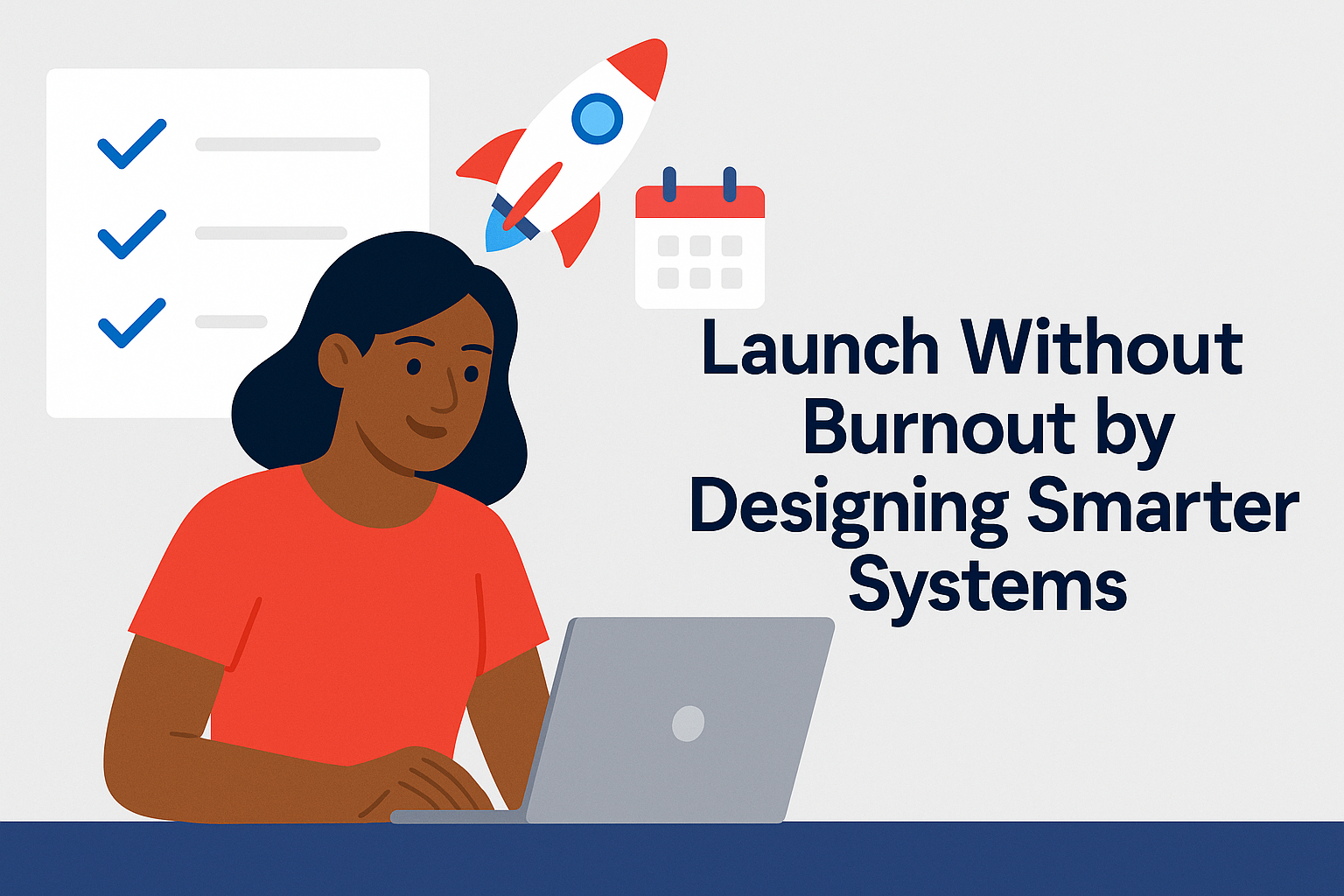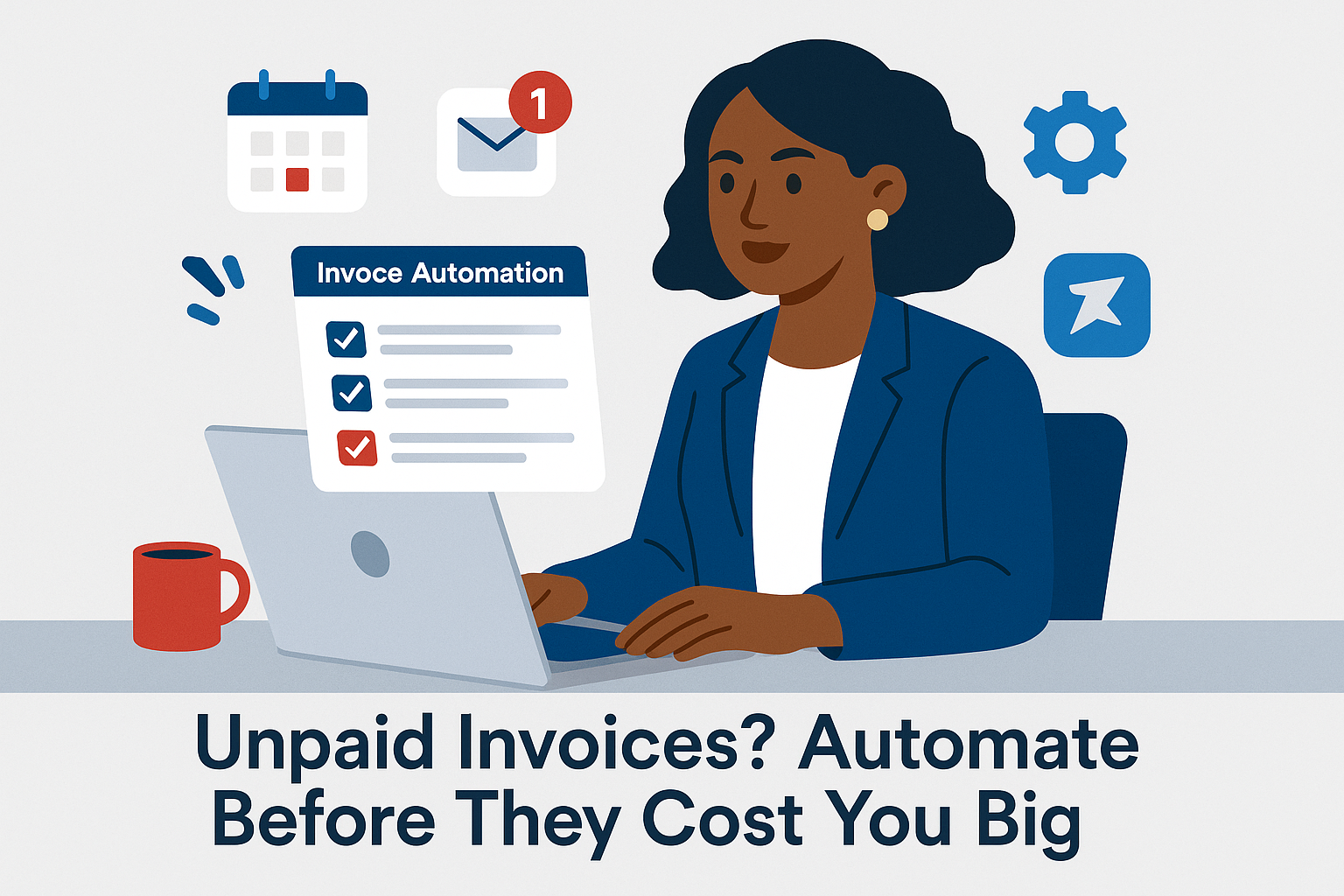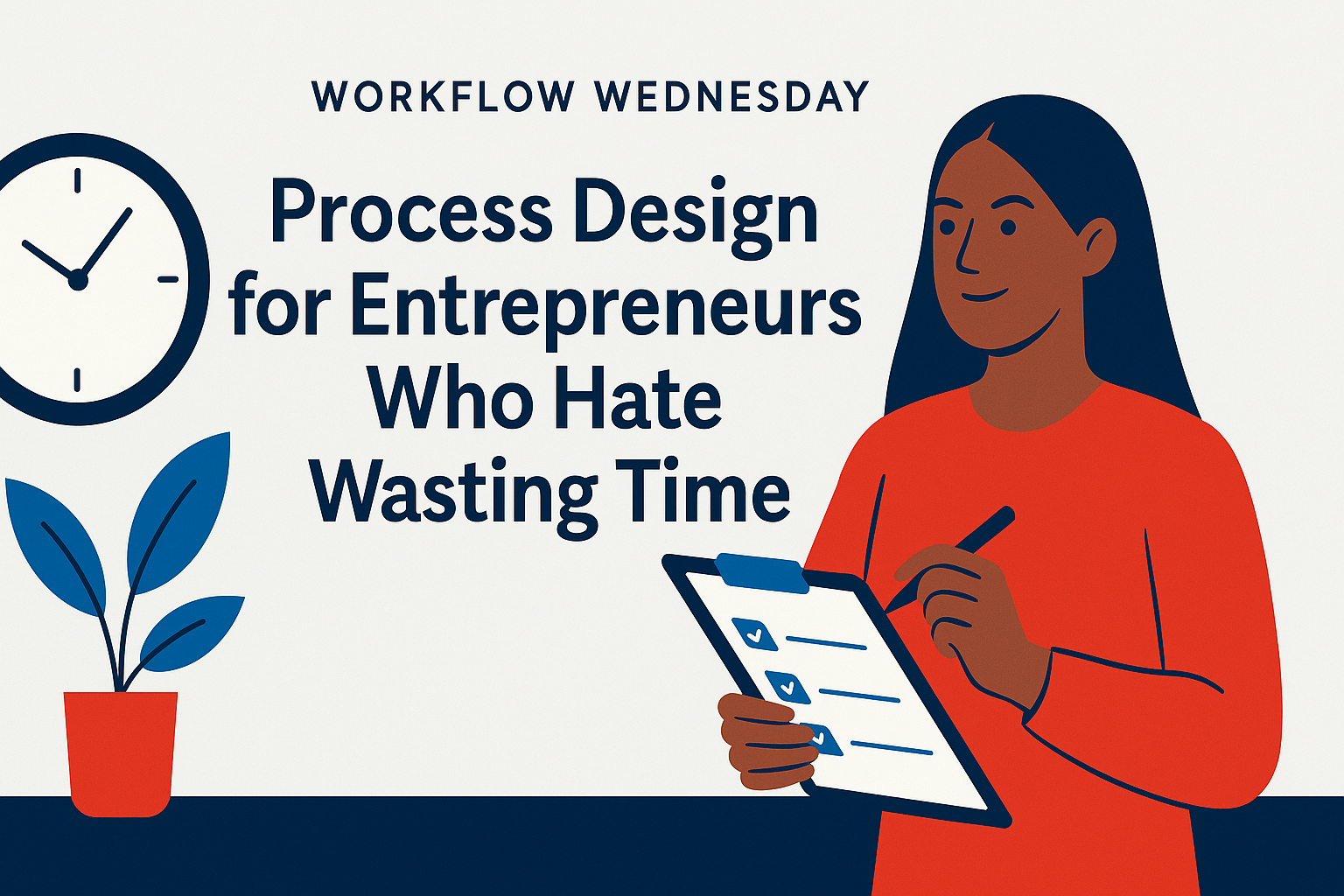How to Build a Business That Runs Without You
Let’s be honest: most people don’t start a business because they want to work more hours. They do it for freedom—freedom of time, freedom of money, and freedom to choose how they spend their days. But here’s the catch: if your business can’t run without you, then you’ve built yourself a job, not a business.
As a Business Process Automation Engineer and founder of Backbone America, I’ve worked with countless entrepreneurs who unknowingly trap themselves in day-to-day operations. The good news? It doesn’t have to be that way. Here’s how to build a business that runs without you, even if you’re just getting started.
1. Document Everything You Do
The first step in building a hands-off business is to get everything out of your head and onto paper (or into your SOP software). If a process only exists in your mind, it can’t be repeated without you.
I’ve created step-by-step checklists, templates, and workflows for starting a business, setting up sales funnels, and building out automation strategies—all foundational pieces within Backbone America. While I didn’t start with everything mapped out, I quickly realized that each SOP I created became one less task I had to keep doing myself—and one more task I could delegate or automate with confidence.
Start Here:
- Use tools like Zoho Writer or Google Docs for living SOP documents
- Record your screen with Loom to explain repeatable tasks
- Break everything down into repeatable, simple steps
2. Automate Before You Delegate
Automation should be your best friend. Why pay a person to do something a system can do automatically and more consistently?
I always automate before I delegate. It’s part of my personal mantra: systems first, people second. From welcome emails to task reminders and invoice tracking, tools like Zoho One allow me to automate entire workflows across marketing, operations, and client management.
Examples I Use Daily:
- Zoho Campaigns: Automated email sequences
- Zoho CRM: Lead nurturing and sales pipeline tracking
- Zoho Books: Recurring invoices and expense tracking
- Zoho Flow: Connecting apps and triggering actions across systems
When I started Backbone America, I wanted automation baked into the foundation so it could keep running—even when I took time off. For example, I’ve prescheduled this post, knowing I’ll be on a cruise all week and won’t get back until the day it’s posted (March 21). That only works when your tools talk to each other.
3. Create Scalable Offers and Products
Time-based services are hard to scale. If your income is directly tied to your availability, your business stops when you do.
 That’s why I created digital products like the 31-Day Business Startup Challenge and my Business Execution Toolkit. These are packaged, pre-built solutions that generate income whether I’m online or not. I also offer online courses through LearnDash, which lets me deliver high-value content without constant involvement.
That’s why I created digital products like the 31-Day Business Startup Challenge and my Business Execution Toolkit. These are packaged, pre-built solutions that generate income whether I’m online or not. I also offer online courses through LearnDash, which lets me deliver high-value content without constant involvement.
Scalable Models to Consider:
- Digital products
- Online courses or memberships
- Licensing your content or frameworks
- Affiliate partnerships or white-label tools
4. Build a Support Team (Even If It’s Just One Person)
You don’t need a large team to build a business that runs without you—you just need the right people and clear systems in place. Start small. I hired a virtual assistant from UpWork to manage scheduling, customer service emails, and course updates. With clear SOPs and automation already in place, onboarding them was simple—and I didn’t have to micromanage.
Pro Tip: Use Zoho People or Zoho WorkDrive to share procedures, templates, and communication logs with your team.
5. Set Boundaries and Let Go of Control
Some people struggle to delegate because they fear things will fall apart in their absence. I’ve worked for leaders like that—afraid to take a vacation because no one else “knows how to do it right.” That’s never been my approach.
I believe that mistakes happen—and that’s okay. They can be fixed. What matters more is building the systems that make delegation possible. I focus on creating tools like SOPs, templates, and training resources so that others can step in with confidence, even when I step away.
For me, it’s not about micromanaging or worrying about whether things get done exactly my way. It’s about trusting that when I empower others with the right tools and support, they’ll rise to the occasion. I believe that if you trust people to succeed, they’ll want to succeed—and do their best.
Delegation isn’t just about handing off tasks. It’s about building a culture of accountability and putting systems in place so the business doesn’t revolve around you. That’s how real freedom starts.
6. Test Your Systems (Then Take a Step Back)
Before I ever hand a system off, I test it on myself. I walk through the exact steps as if I were the end user, whether it’s a sales funnel, a lead magnet workflow, or a product delivery process. That helps me catch holes early and make improvements before anyone else ever sees it.
Want to know if your business can run without you? Be your first test subject. Step away for a few days and see what happens. I’ve done it—and yes, I’ve found gaps. That’s how I discovered missing email automations, unclear instructions, and friction in the checkout process. But I wanted those issues to surface, because that’s how systems get stronger.
Now, I regularly schedule what I call “CEO Weeks.” I don’t touch the day-to-day work during that time. Instead, I observe how things operate without me, review analytics, and focus on higher-level strategy. It’s not just a break—it’s a business health check. And every time I do it, I walk away with clearer systems and a stronger foundation.
Ask Yourself:
- What still requires my manual input?
- What can be automated, delegated, or eliminated?
- Could someone else follow my process without asking me questions?
Final Thoughts on How to Build a Business that Runs Without You
Building a business that runs without you isn’t about disappearing—it’s about designing smarter. It’s about creating a company that works for you, not one that demands you at every turn.
I didn’t get here overnight. It took time, trial-and-error, and the willingness to shift from “doer” to “designer.” In fact, I still have hiccups from time to time, but I push forward. I promise you—it’s worth it.
If you’re ready to stop being the bottleneck in your business, start with one small system today. And if you need help setting up automation or documenting your workflow, that’s exactly what Backbone America was built for.
You deserve a business that gives you time, not just tasks.






